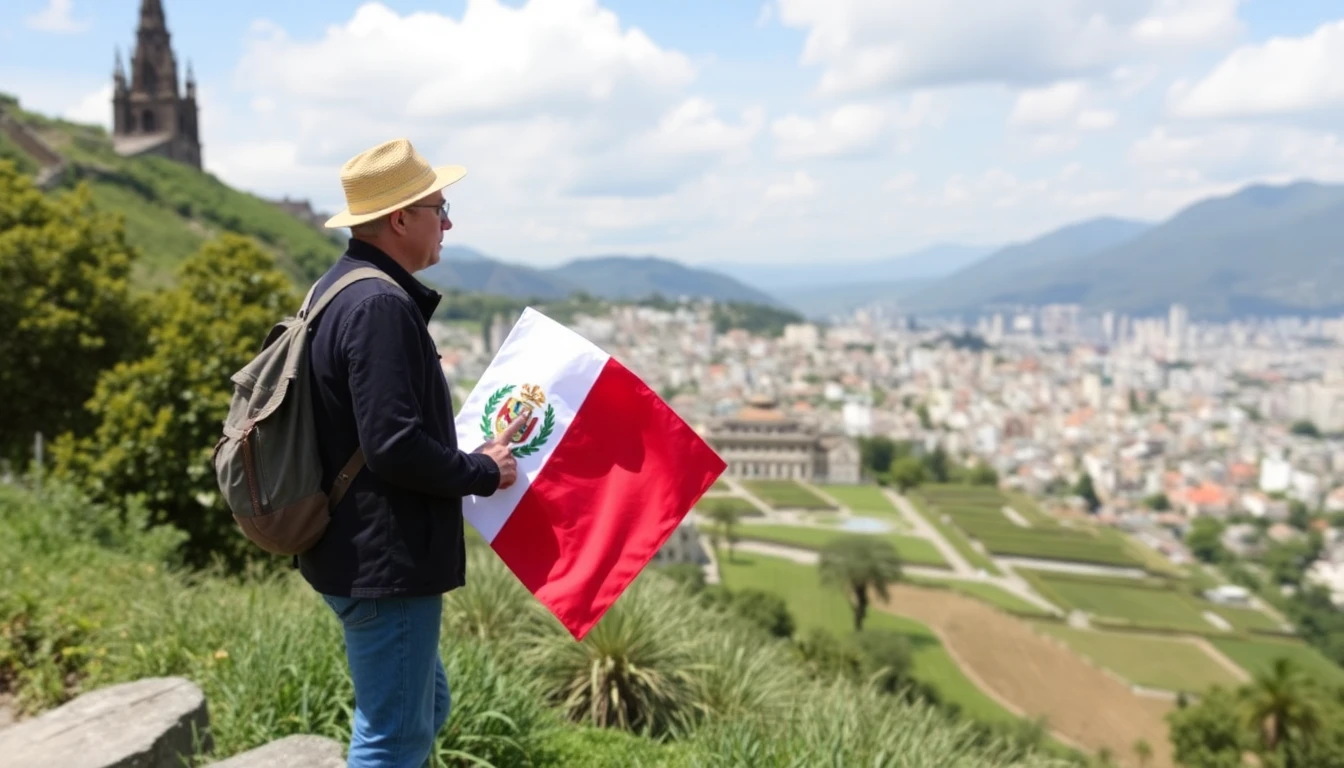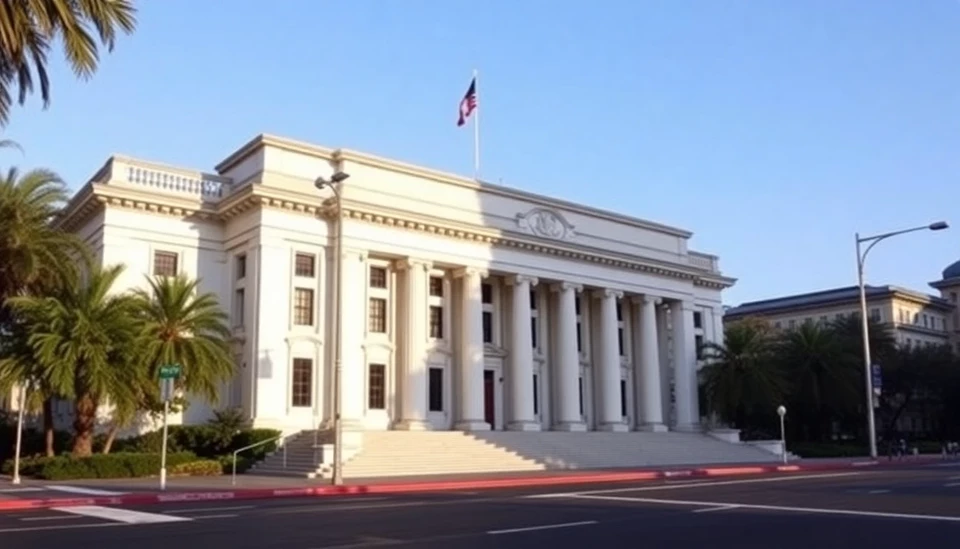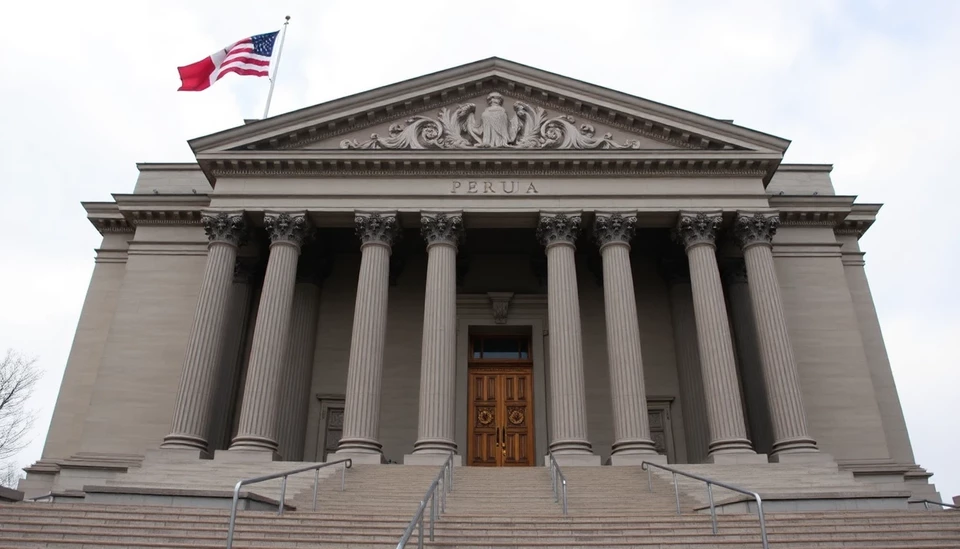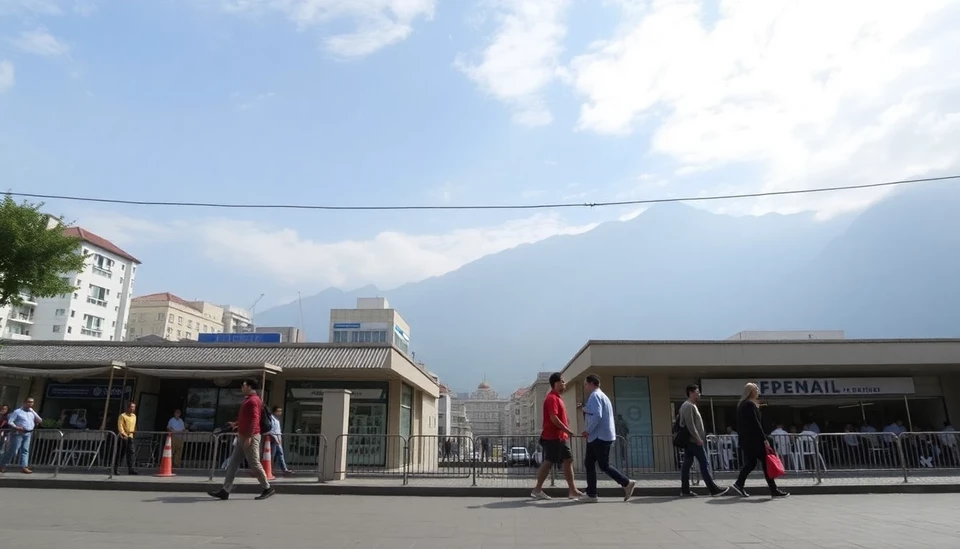
In one major economic development, the country's inflation rate has gone below 2% for the first time since 2020. The country announced on October 1, 2024 that this indeed reflects the uptick in the country's financial outlook-a relief both to consumers and policy makers.
According to the National Institute of Statistics and Informatics, the nation recorded 1.9% inflation in September 2024, compared to the two-digit rate in previous months. For the first time in almost four years, this rate was below 2%, the threshold amount taken as a healthy target by most economies.
This fall of inflation may be attributed to a number of factors. Among them, the stabilization of food and fuel prices was quite important. These components, contributing most to the Consumer Price Index, became less volatile compared with the beginning of the year. Besides that, prudent fiscal and monetary policy from the side of the government contributed to this reduction.
The Central Bank of Peru has always tried to keep the inflation rate within a range of 1-3%, as it is considered an environment propitious for sustaining growth with economic stability. Recent figures are showing the effectiveness of such measures. Included in the Central Bank's strategy was the tightening monetary policy by raising interest rates over the past year, which helped control excessive spending and inflationary pressures.
Analysts have welcomed the news, explaining that the decrease in inflation is bound to boost investor confidence, hence translating into more economic activities. Generally, a more reduced inflation rate is equivalent to more consumer purchasing power and hence will translate into more consumption and investments in the economy.
But analysts also caution that sustaining inflation within this new, reduced range will require vigilance almost to the point of eternity. Uncertain times in the world economy add up to domestic political and environmental challenges that threaten the continuity of this trend. Thus, the Central Bank and government should be proactive and continuously observe performances with a view to changing policy if necessary.
With that added to the mix, on the social level, a reduction of inflation should directly positively affect households, especially at a point of lower-income brackets that usually bear the most tension from price increases. In other words, with the price of goods and services stabilizing, relief could be expected in families' monthly budgets, an especially important point in the wake of economic upsets from previous global crises.
This is the first time below 2% since 2020 that inflation has been cooled down in Peru, a consequence of good economic management and favorable external conditions. Sustaining this positive momentum while fighting against the emerging economic challenge would require continuous effort.
#Peru #Inflation #Economy #Central #Bank #Consumer #Prices #Fiscal #Policy #Monetary #Policy #INA
Author: Laura Mitchell




